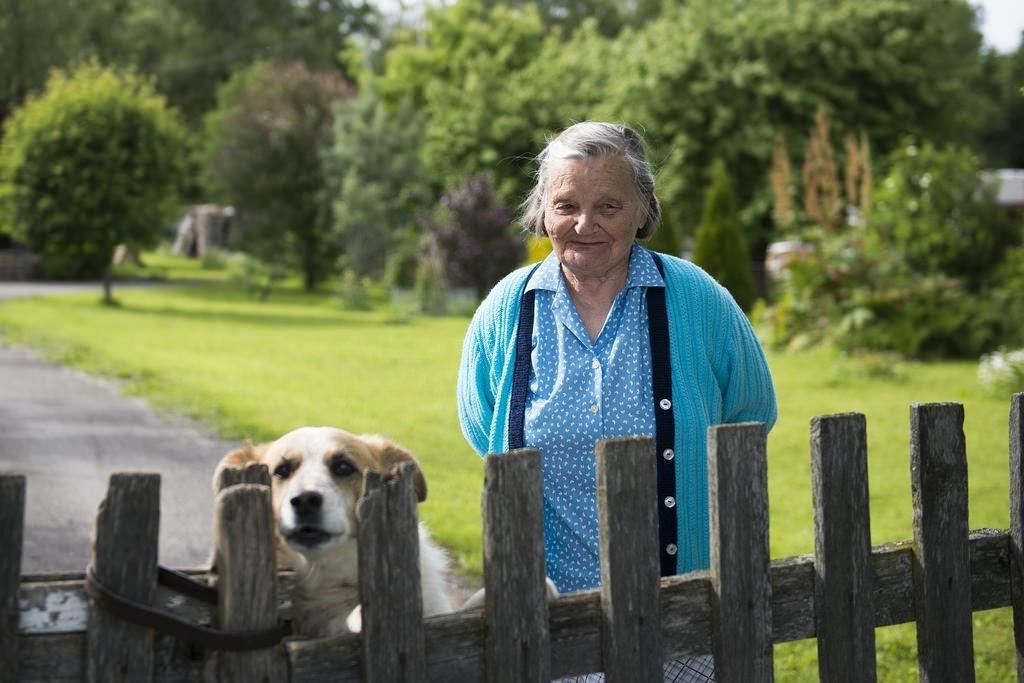Estonia registers by far the worst results in the European Union when it comes to old-age poverty – a whopping 40% of people aged 65 or over are at the risk of poverty.
While Estonia has made a great progress in many fields over the years, there are still also many shortcomings – and the number of socially excluded seniors is one of them.
The Estonians who have lived in wealthy Western countries, know the difference – whereas in Germany, for example, it is a common scene to see older people enjoying life and having fun in bars and restaurants, it is a rather rare picture in Estonia. It’s more common to see rather sad-looking older people in shops and markets, where their attention span is fixed at the latest discount prices or bargains.
Difficult history plays a major role – some of the most disadvantaged Estonians are the ones who were in their middle age or older during the turbulent times in the late 1980s and early 1990s – before and after the restoration of independence in 1991. Many had savings in worthless Russian rubles that lost its value fast during those years and, soon, accounted for nothing.
The monetary reform and the introduction of Estonian own currency, the kroon, in 1991, was undoubtedly successful, but it also meant that more or less everyone had to start from scratch, financially speaking. Only younger people generally had an advantage – the new free market-orientated system needed people with modern education and the experience of older people, educated in the Soviet system, was quite often not as valued. Many older people re-trained and re-educated themselves, but not everyone. In any case, in the society that cherished youth, old age was not an advantage.
One of the most crucial aspects is the pension system. Until Estonia restored its independence, the country’s pension system was part of the Soviet system. Again, this faulty legacy counted for nothing in the new era. Estonia initiated pension reforms and in 1998, voluntary supplementary pensions were introduced; the first pillar was modernised in 1999/2000 and the mandatory pension pillar was launched in 2002. The reforms again benefitted the younger people more – they have more time to collect something in their old-age pot. For many of the elderly, it all came too late.
The fact is that today, more than a third (40.2%) of people aged 65 or over are at the risk of poverty in Estonia – the worst result in the European Union. What’s ever worrying – this number has dramatically increased from 24.4% in 2013.
The sustainability of Estonia’s pension system at risk
The Germany-based Bertelsmann Foundation, that recently conducted a pan-European social justice study, also looked into Estonia’s old-age poverty issue. “Old-age pension benefits are indexed, which guarantees slight annual increases based on social tax revenues and the cost of living. In 2016, this indexation resulted in an average pension-payment increase of 5.7%. Due to the low absolute level of benefits (€396 per month), elderly people still struggle to make ends meet,” the foundation said.
“Because wages and salaries grow faster than pensions, the poverty rate among the elderly has increased in 2015. Despite modest pension expenditures (roughly 5.5% of GDP), the sustainability of Estonia’s pension system is at risk. State pension-insurance expenditure persistently exceed social tax revenues, and according to the state budget strategy, the annual deficit will reach €474 million in 2017,” it added.
Another worry is that although various reports point out that the sustainability of Estonia’s pension system is at risk, there is very little public discussion about it in the country – as if brushing it under the carpet would eliminate the problem.
Looking after and valuing the elders – people who once looked after us – should come naturally. It should be a matter of pride, not a nuisance. And we have to make sure they live with dignity – so let’s make sure that it is possible for everyone in Estonia.
I
The opinions in this article are those of the author. Cover: An elderly Estonian woman (the image is illustrative/photo by Jaanus Ree).


wouldn’t it be wise for the EU to start an all-EU-country pension fund instead of each country having its own national pension scheme? just as it would be wise to have an all-EU-country health system so that (as it happens now) any EU citizen can get medical support in any EU country because each country contributes towards the supra-national scheme.